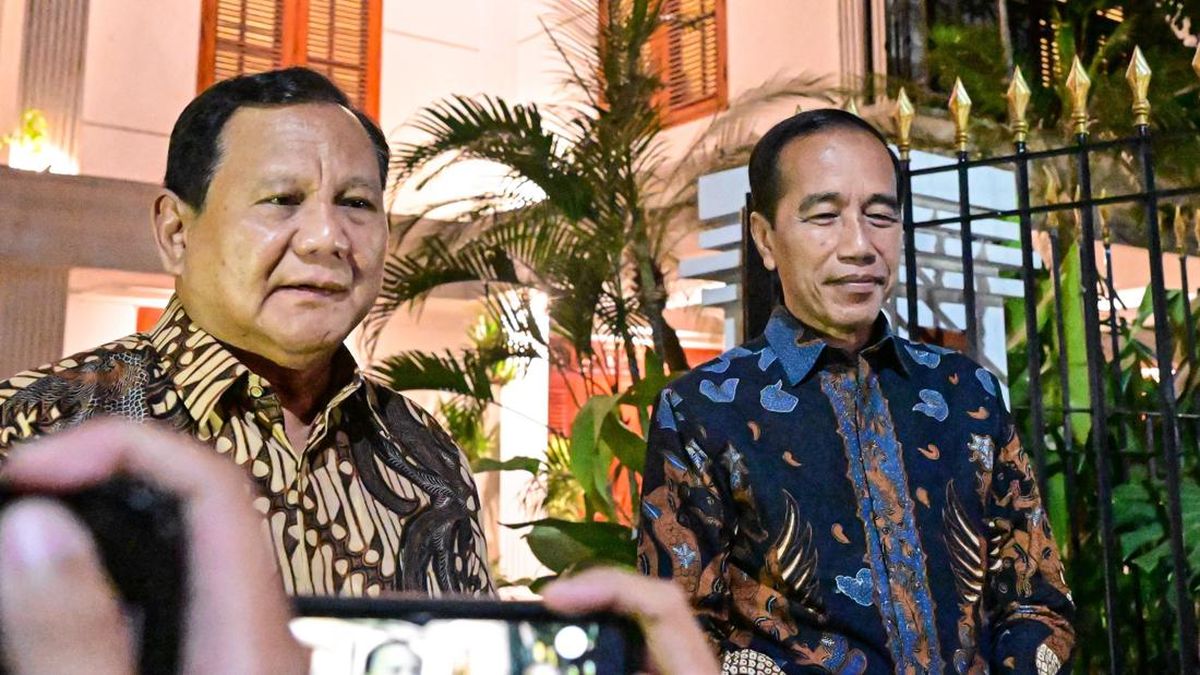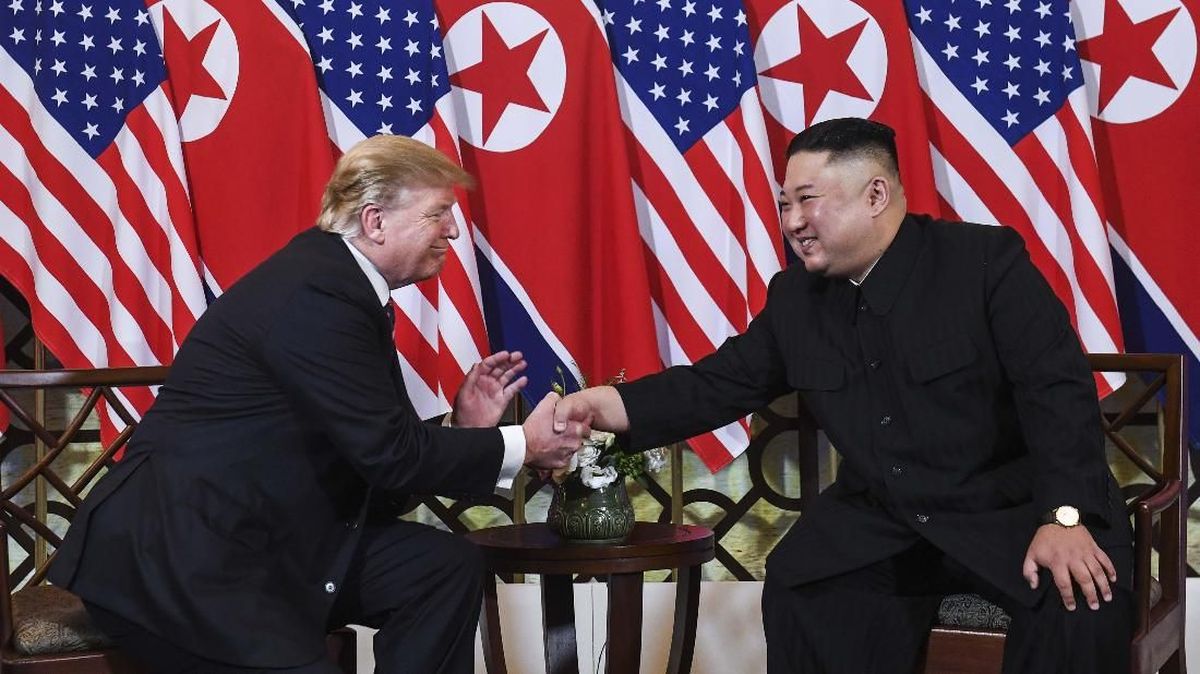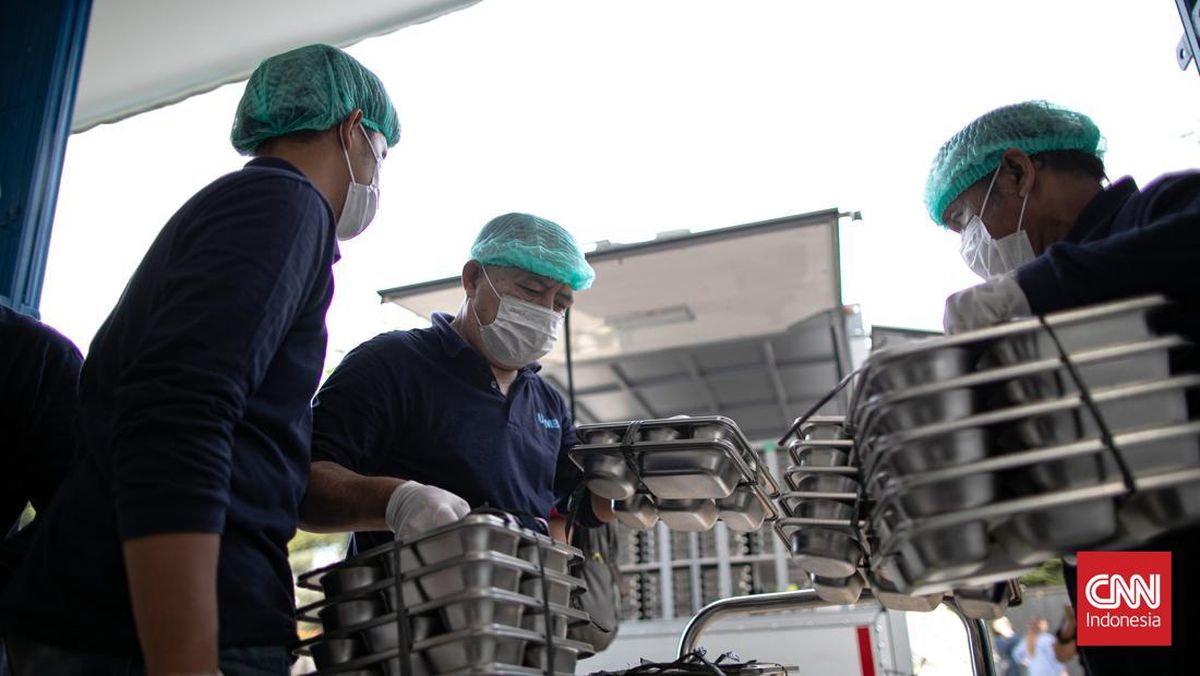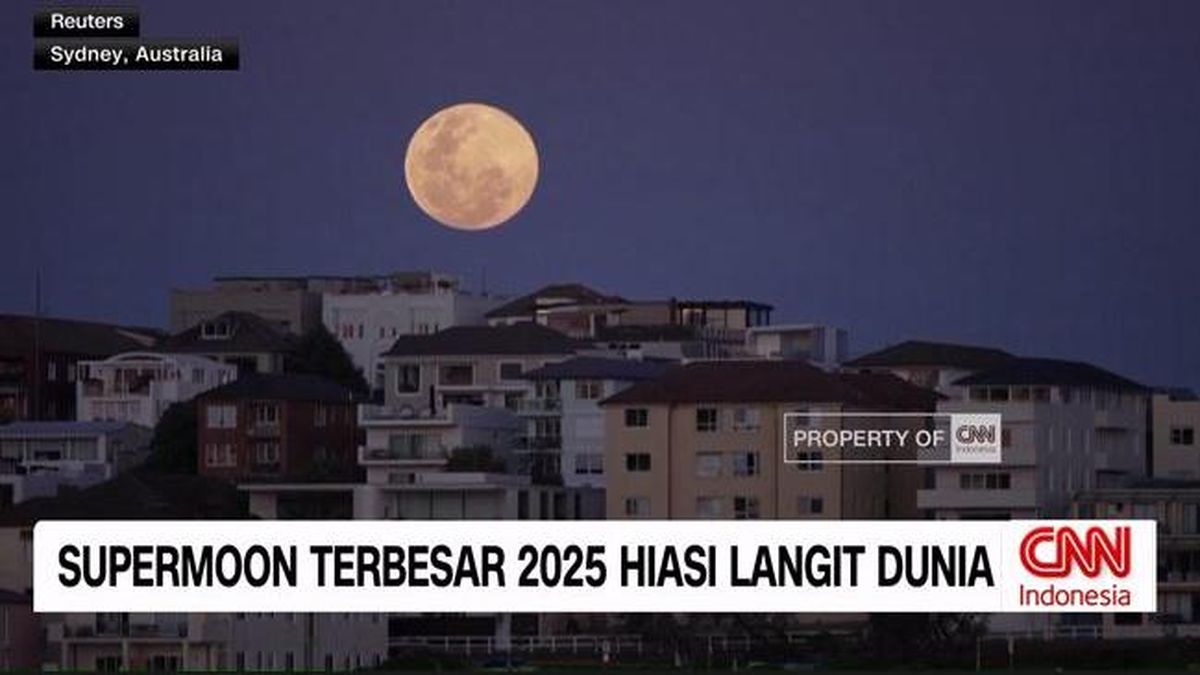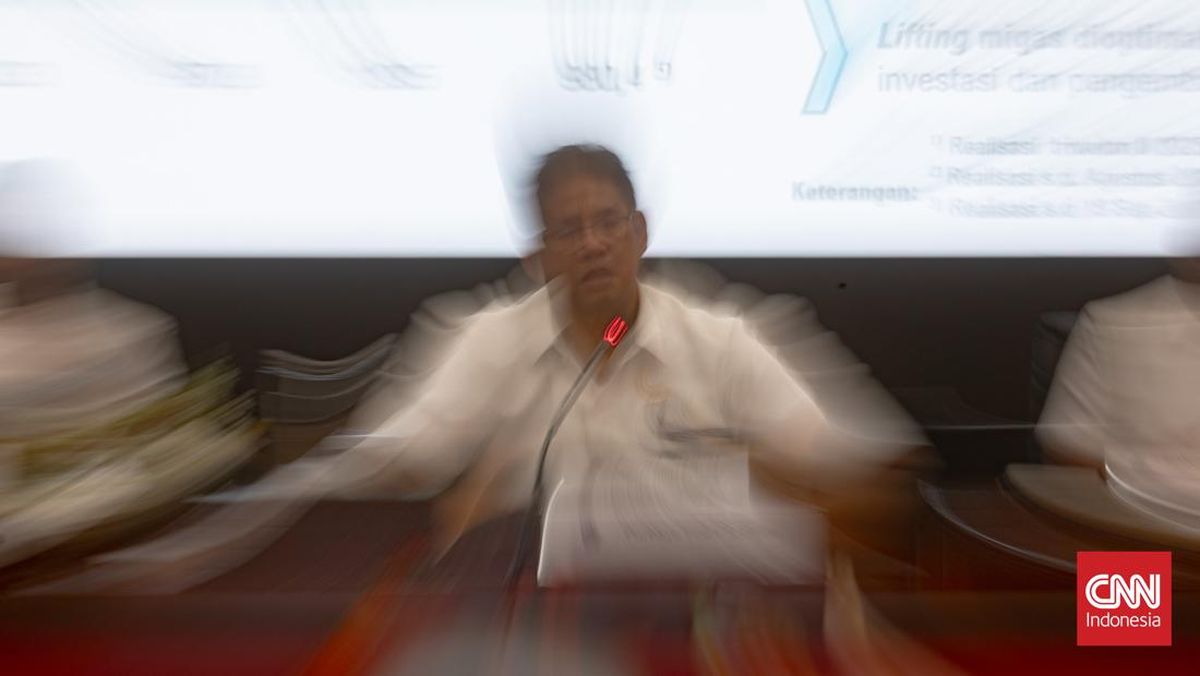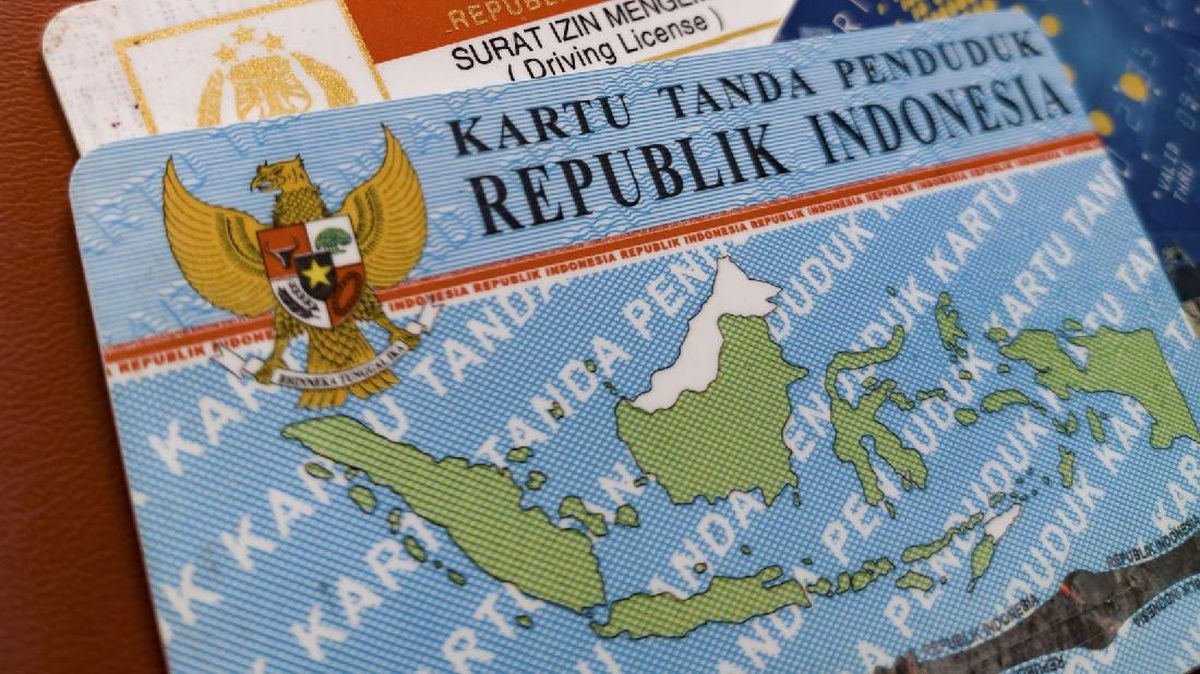The green transition on our roads is happening far too slowly for the Albanese government to achieve its ambitious climate targets, with sales figures revealing electric vehicle sales have dropped almost 17 per cent so far this year.
The government’s top climate advisory agency, the Climate Change Authority, has said electric vehicle sales must comprise half of all new cars sold in the next 10 years for Australia to reach its climate target.

Flagging electric vehicle sales are a threat to Australia’s 2035 climate target. Credit: Bloomberg
While the figures showed diesel and petrol car sales have peaked and will be slowly overtaken by clean cars, the current EV uptake is not quick enough to meet the government’s emissions reduction target of 62 per cent by 2035, set only in September.
Federated Chamber of Automotive Industries chief executive Tony Weber, who represents major car brands in Australia, said a chief reason why EV sales dropped was the lack of public and privately funded charging points and the motorists’ anxiety about the inconvenience of using them.
“Without government support for charging infrastructure, the private sector is not prepared to step int and that is a big issue,” Weber said.
A Resolve Political Monitor poll of voters conducted for this masthead last month found one in 10 Australians were considering buying an electric vehicle in the next two years, one in five were looking to buy a hybrid car, while 35 per cent of people were considering buying a petrol or diesel car. Respondents were able to give more than one answer.
Petrol car sales are also falling, with FCAI’s official market figures from its VFACTS report recording an 8 per cent decline in the year to date, and Weber said it was unlikely they would ever rise again.
“Australians and motorists right around the world are looking for low-emission vehicle technologies that suit their needs,” Weber said.
The 17 per cent drop in EV sales is taken from a combination of VFACTS report and Tesla, which does not provide sales data to FCAI. EV sales represent battery-only vehicles, while sales of hybrids and plug-in hybrids both grew in 2025.
Loading
The federal government announced in September $40 million to fund public EV charging points, but it remains to be seen if this is enough to change perceptions.
“But consumers want to have the confidence that if they buy the product, that it will be supported in the marketplace, and this is where the public recharging infrastructure is so critical in this transition,” Weber said.
The transport sector generates around 22 per cent of the nation’s emissions, and its pollution is projected to rise in the coming years.
Electric Vehicle Council chief executive Julie Delvecchio criticised state governments for failing to boost their existing programs to help fund the rollout of charging points.
“State governments need to match federal investment and ambition. That means additional financial incentives, infrastructure, education, and behaviour-change programs that address barriers and prove the real benefits of EVs.”
The council has called for a 2035 ban on sales of petrol and diesel cars and said the government must set targets for EV sales, so it can track progress towards the goal and ratchet up policy incentives.
While sales of battery-only electric vehicles fell, Australia’s love affair with plug-in hybrid vehicles, continued.
PHEVs, which have a petrol engine and battery that can be recharged at the socket, recorded a 137 per cent growth in sales compared to the same time last year in the industry’s latest official figures.
Loading
However, this is not a major win on emissions reduction because plug-in hybrids do not deliver the significant emissions savings of battery-only vehicles, which pump out no greenhouse gases from their exhausts.
A recent study by non-profit advocacy group Transport and Environment showed PHEV generate only 20 per cent fewer emissions than a conventional petrol-powered internal combustion engine.
Climate Change and Energy Minister Chris Bowen said the government was working to raise EV sales from a low base with funding for charging infrastructure. He said it was also attempting to drive down emissions with the New Vehicle Efficiency Scheme, which penalises carmakers whose overall fleet of vehicles exceeds annual pollution limits.
“When we came to government, EVs (including plug-in hybrids) made up less than 2 per cent of vehicle sales. There are now over 400,000 EVs on Australia’s roads – three quarters sold under the Albanese government,” Bowen said.
“We’re also investing more than $500 million in EV infrastructure and manufacturing.”
Cut through the noise of federal politics with news, views and expert analysis. Subscribers can sign up to our weekly Inside Politics newsletter.
Most Viewed in Politics
Loading

